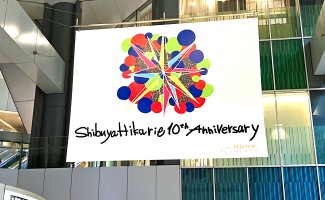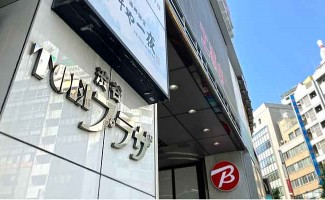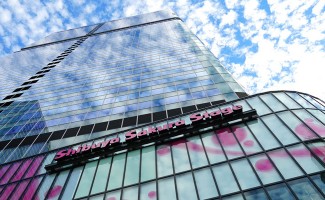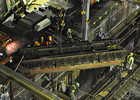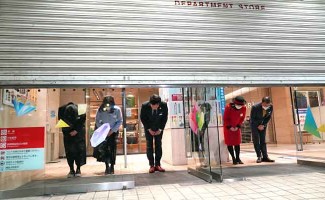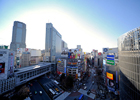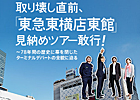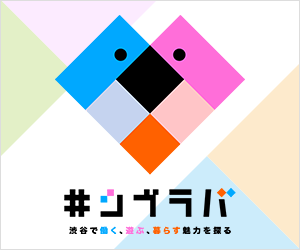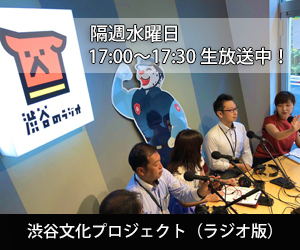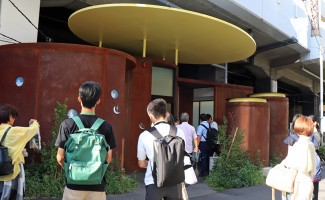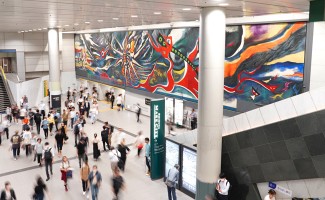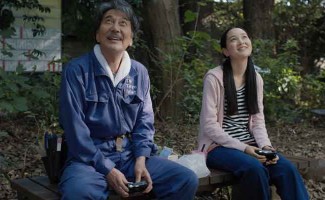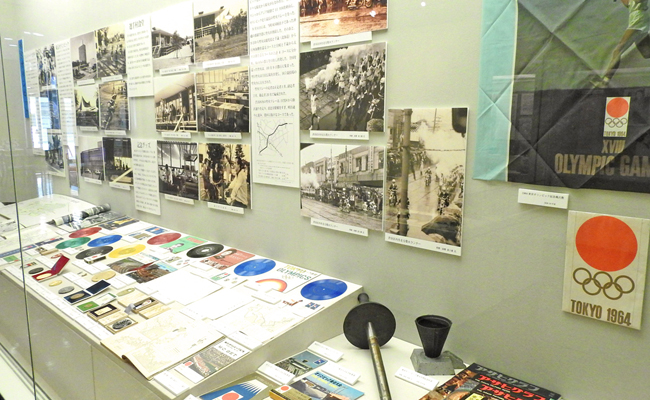
"New collection document exhibition" being held at Shibuya and local museum From "The torch relay torch" to "Hachiko" new photo
At the Shirane Memorial Shibuya Ward Local Museum and Literature Museum, a "New Collection Document Exhibition" is currently held to introduce new materials collected by Shibuya Ward last year, such as the 1964 Tokyo Olympics and Hachiko. The total number of photographs, real objects, etc. of this new collection exhibition is about 200 points.
The exhibition once a year is also a place to discover "precious treasures" that can not be overlooked in discussing the history of Shibuya. What kind of treasure can you meet this year?
"The torch relay torch with which a black pot remains" which ran in the ward
Well, let's look at the exhibition concretely.
Ahead of the 2020 Tokyo Olympics next year, this exhibition displays a large number of valuable materials and souvenirs from the 1964 tournament. “The US Army Washington Heights (now Yoyogi Park) occupies an area of one-eighth the area of Shibuya-ku, which has impeded the development of the city. "Weinton Heights" was returned, and the athlete village and major facilities were born, and Shibuya was transformed. For the Shibuya, the Olympics of 1964 had a special meaning than other areas. "
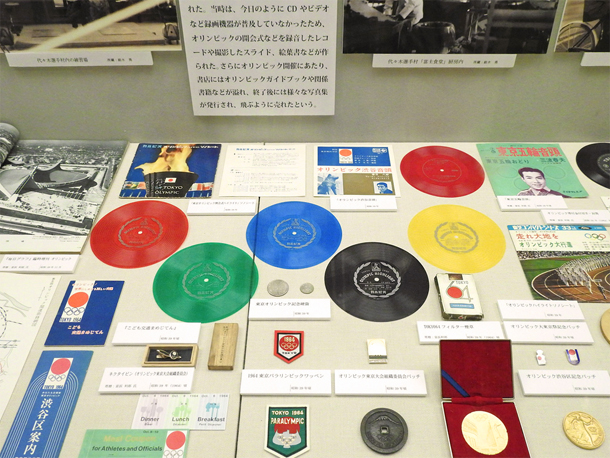 5 Five-color sonosheet containing "Tokyo Olympic Opening Ceremony Highlights"
5 Five-color sonosheet containing "Tokyo Olympic Opening Ceremony Highlights"
The Olympic-related exhibits include a large number of commemorative goods produced for the 1964 tournament, such as Olympic commemorative badges, batches, cigarettes, medals produced in corporate campaigns, and five-color sonosheets. Of particular note are photographs of torch runners running in Shibuya Ward, which will be the first exhibition, and a real "torch torch".
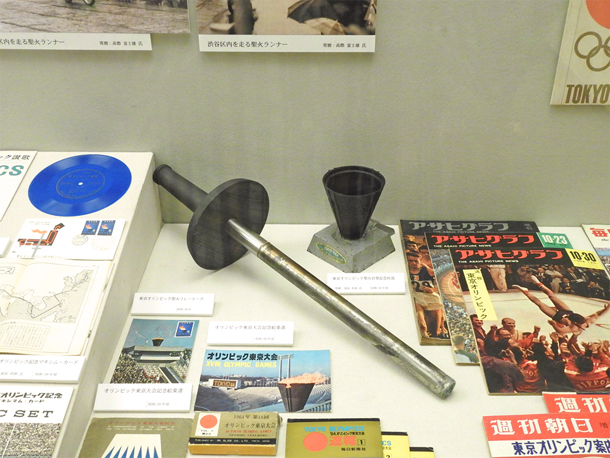 聖 The real torch relay torch which ran in the ward
聖 The real torch relay torch which ran in the ward
In the “Shionki Relay Course” in Shibuya-ku, proceed from Meguro-ku, Komazawa-dori, past Ebisu Station to Meiji-dori, and to Minato-ku. It is a formation of one regular runner, two secondary runners, and 20 runners, and it is said that it took over to another regular runner at "Shibuyabashi Post Office". It was said that after the two regular runners had actually run the torch, they were recovered and stored securely by Shibuya Ward. You can see that a black moth is left behind the torch torch that can be seen through the glass.
Similarly, one of the things that can not be overlooked at the “Tokyo Olympics” corner is a photo of “a cafeteria for players” opened in the athletes' village during the Olympics. There are three cafeterias in the player village: a female cafeteria for girls only, Fuji cafeteria and a Sakura cafeteria. The Kikuchi Kiyokunku architecture office designed Fuji Shokudo and Sakura Shokudo and placed two locations within a distance of 500 meters from the player's residence. While there is little information and photos on the dining room, photos taken by Isuzu Suzuki, who was working as a cook at the dining room at the time, are being published.
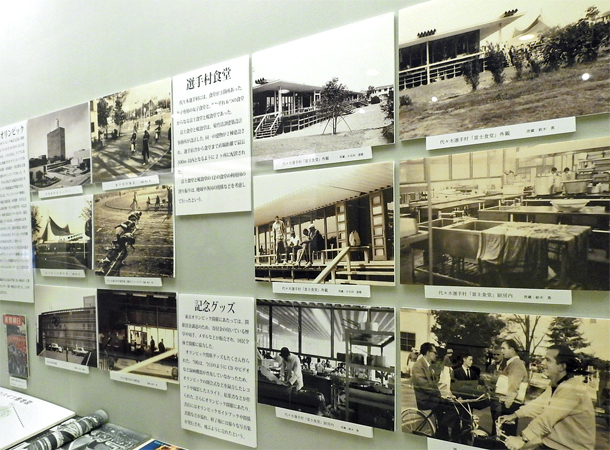 "Because the kitchen of the dining room is important in the coming years, you can also take a picture of the kitchen," said the parent and told me that he was taking recording photos during work breaks as well as work. "It seemed that I was actively talking to foreign players and taking pictures, remembering the greetings of each country written on the map of the venue," Mr. Matsui. It can be said that it is a valuable photograph that tells the appearance and atmosphere of the dining room at that time.
"Because the kitchen of the dining room is important in the coming years, you can also take a picture of the kitchen," said the parent and told me that he was taking recording photos during work breaks as well as work. "It seemed that I was actively talking to foreign players and taking pictures, remembering the greetings of each country written on the map of the venue," Mr. Matsui. It can be said that it is a valuable photograph that tells the appearance and atmosphere of the dining room at that time.
| Valuable photos of Taisho era fashion and Tokyo landscapes
Following the Olympics-related display, photographs from the Taisho era photographer Kametaro Watanabe are on display. Watabe Kametaro's life is only 22 years from 1901 (Meiji 34) to 1923 (Taisho 12). He is from Hokkaido and aims to be a photographer. He moved to Tokyo in the late teens and enrolled at Waseda University (pre-seminar) and then studied at a photography school. He returned to Hokkaido in 1922 (Taisho 11) and opened a photo studio, but he died of illness at the age of 22 the following year. At the exhibition, people shot in Tokyo during school days and landscape photographs of various parts of Tokyo are presented.
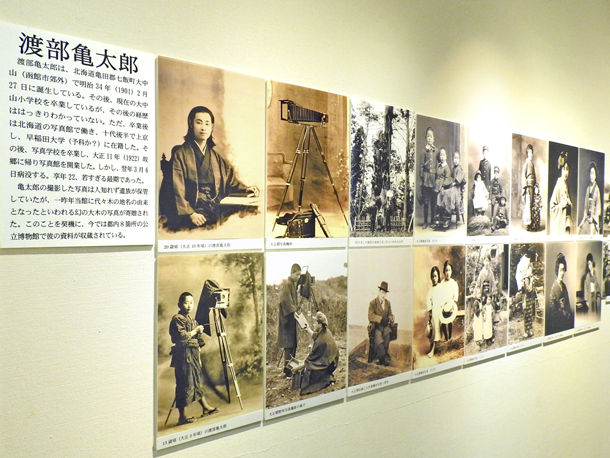 フ ァ ッ シ ョ ン Fashion of women in Taisho era who enjoy Japanese and Western eclecticism. The kimono and hat would have been the trend of those days, too.
フ ァ ッ シ ョ ン Fashion of women in Taisho era who enjoy Japanese and Western eclecticism. The kimono and hat would have been the trend of those days, too.
"In the Taisho era, photos are lost due to the Great Kanto Earthquake and so on, and it is difficult to divide the Meiji era and the Taisho era strictly by looking at only photos, but because Kametaro lived in the Taisho era. "I can say that all the photos he has taken can be affirmed in the Taisho era," but he is an unknown photographer until now, but he is very valuable in knowing the customs, clothes, and landscape of the Taisho era " Do.
At the new collection corner related to "Hachiko", rare photos with the look of a smiling dog Hachiko are unveiled for the first time. It was possessed by a woman who lived next to one of the houses of Dr. Ueno who had kept Hachiko. According to the discovery of this photo, "the location of Dr. Ueno's house, which has not been completely identified until now, has been clarified." In addition, letters by Akiko Yosano, who lived in Dogenzaka, corrected the manuscript sent from the poster of the magazine, and archeological data on "Toyozawa Kaizuka" (Ebisu 2-chome area) adjacent to Hiroo Hospital are displayed. .
There are also many unexpected discoveries unique to the "New Collection of Materials Exhibition". I would like you to visit and look carefully at the exhibits and materials.
New Collection materials Exhibition
Session: January 29 (Tuesday)-March 24 (Sun) 11-17:00 (until 16:30)
○ Venue: Shirane Memorial Shibuya-ku Local Museum / Literature Museum
Yes fee: General 100 yen, elementary and junior high school students 50 yen
〇 Regular holiday: Monday

Editorial department · Fuji Itakashi
Shibuya registrar. In addition to Shibuya of Culture information, seasonal news and topics, it will spell write that feel every day.

